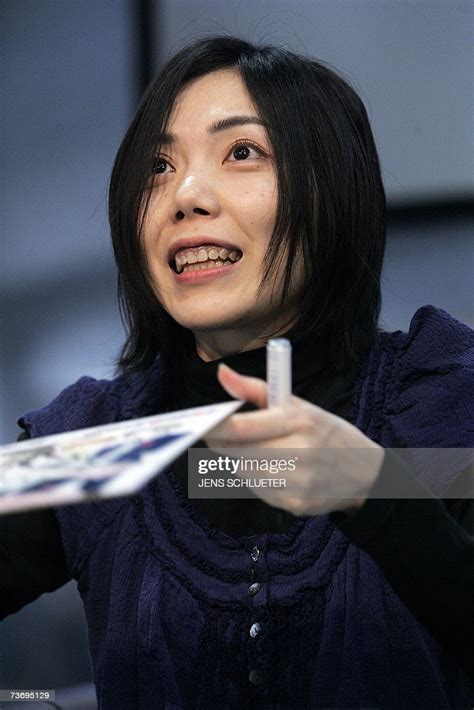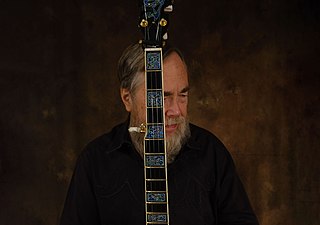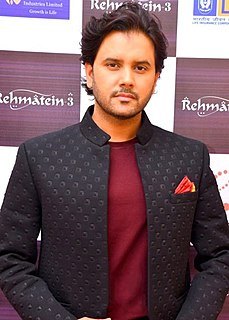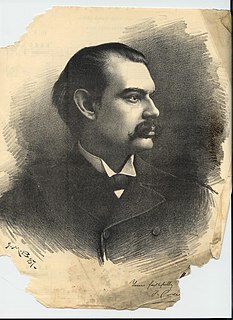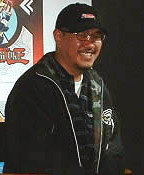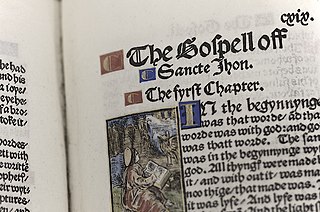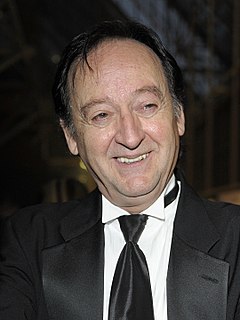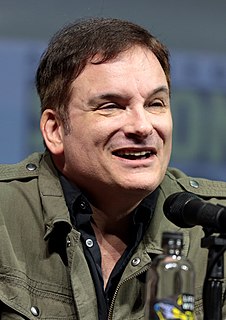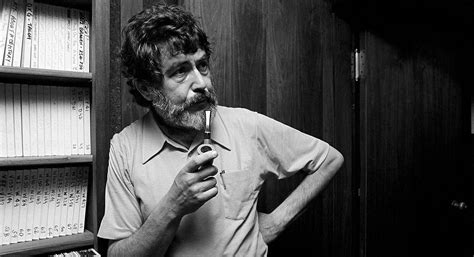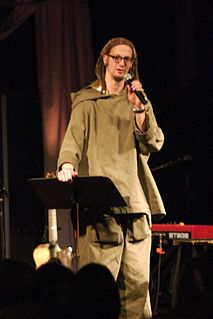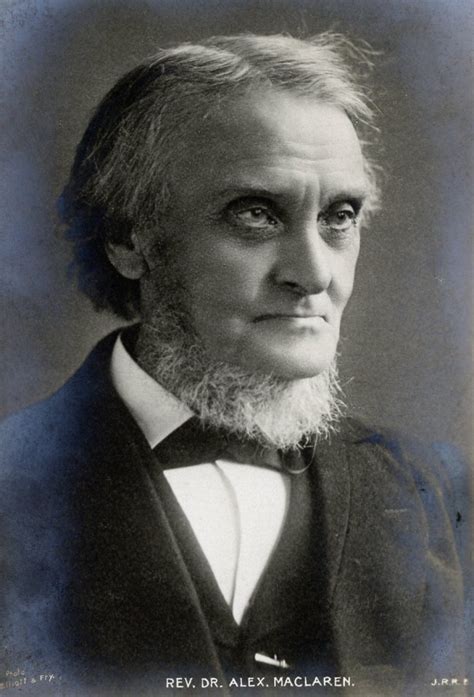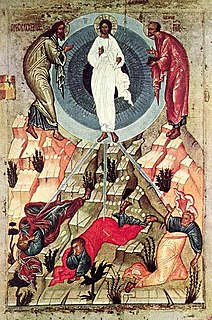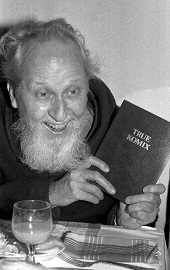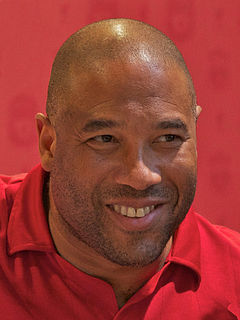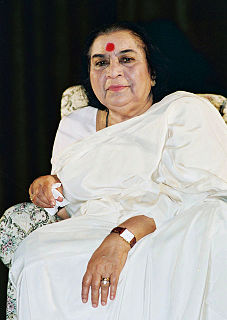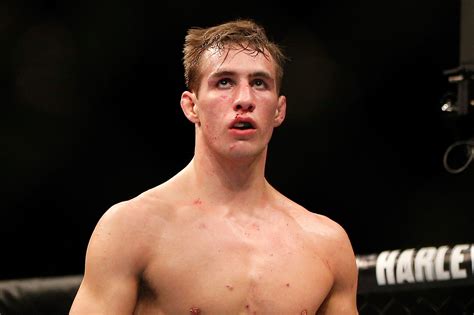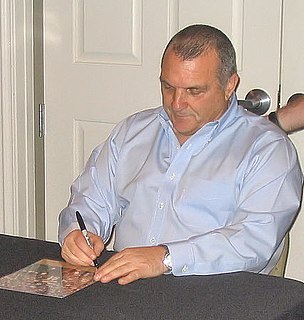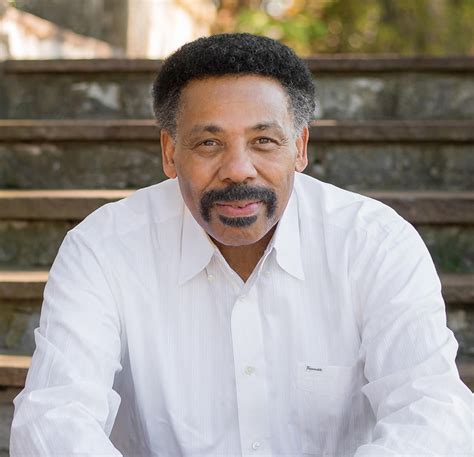A Quote by Leon V. DePoncins
There was no opposition organized against Bela Kun. Like Lenin he surrounded himself with commissaries having absolute authority. of the 32 principle commissaries 25 were Jews, a proportion nearly similar to that in Russia. The most important of them formed a Directory of five: Bela Kun alias Kohn, Bela Vaga (Weiss), Joseph Pogany (Schwartz), Sigismond Kunfi (Kunstatter), and another. Other chiefs were Alpari and Szamuelly who directed the Red Terror, as well as the executions and tortures of the bourgeoisie.
Related Quotes
If the reader were so rash as to purchase any of Bela Bartok's compositions, he would find that they each and all consist of unmeaning bunches of notes, apparently representing the composer promenading the keyboard in his boots. Some can be played better with the elbows, others with the flat of the hand. None require fingers to perform or ears to listen too.
As a kid, I had a Beatles poster and a Bela Lugosi as Dracula poster, so both worlds always appealed to me. Horror allows you to do things as a composer than you're able to do in no other style of movie. The music has to be aggressive. You can't tiptoe around. It has to be incredibly focused dramatically - no time for second thoughts.
[Miranda Hentoff] was teaching once at Lincoln Center, and the hall was full of other professionals - musicians, professors, teachers. And she was explaining how [Béla] Bartok composed his second piano concerto. And she explained how the music was interwoven with the rhythms and what he had in his mind. And I was just stunned. This is a kid who used to work - on a piano with a cracked keyboard.
When we really began executions rather than lynchings, black folks were 22% of our population in 1950, for instance, but they were 75% of the executions. Now, African-Americans are 13% of the population, but they're still almost half of death row, and over a third of the executions. 34% of the executions are black folks. So, like, I mean, things like the race of the victim is one of the biggest determinants of who gets executed.

